THATCHED COTTAGE BY THE SEA WITH FIGURES
VICTOR DANVIN
Paris 1802–1842 Paris
Oil on canvas, signed lower left: Danvin
Canvas size: 28 × 41 cm / 11 × 16.1 in
Framed size: 37 × 51 cm / 14.6 × 20 in
Gilt Neoclassical frame with acanthus-leaf corners
PROVENANCE
France, private collection
I recently discovered this intriguing seascape at an auction in France. Covered with layers of yellowed varnish, the painting appeared dark and muted, yet even in that state it exuded a striking atmospheric presence. Following a professional restoration, the removal of the old varnish revealed the work’s original brilliance — a delicate, luminous palette that instantly recalled the visual poetics of early 19th-century Romanticism.
This radiant tonality is particularly notable, as it reflects the powerful influence of Richard Parkes Bonington, the English painter whose work profoundly impacted the French school in the 1820s and 1830s. Bonington introduced a uniquely British sense of elegy and a Turneresque approach to pictorial depth and light, which reshaped the sensibility of French landscape artists. In Danvin’s treatment of the sea and the soft atmospheric gradations of space, that influence is unmistakably present.
A native of Paris, Victor Marie Félix Danvin studied under Guérin, Lethière, and later under Rémond, after a formative period with Watelet. From 1829, he travelled extensively through Switzerland and regions of France such as Savoie, Dauphiné, Auvergne, Brittany, and Normandy, painting the varied landscapes he encountered. He debuted at the Salon of 1831 and exhibited regularly until his untimely death in 1842. Appointed professor at the École Polytechnique in 1840, Danvin was praised for his sensitive, poetic interpretation of nature. Though his body of work is relatively small due to his early death, his paintings were admired during his lifetime and were even reproduced by engravers and lithographers such as Lhuillier and Challamel.
In this composition, the peaceful rhythm of daily life on the shoreline is rendered with subtle narrative touches — boats, cottages, villagers, and shifting clouds. It is an evocative example of Danvin’s ability to combine naturalistic detail with emotional refinement, and a beautiful testament to the Franco-British dialogue that shaped the Romantic landscape tradition.























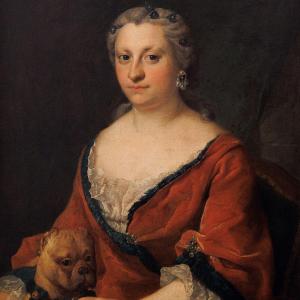


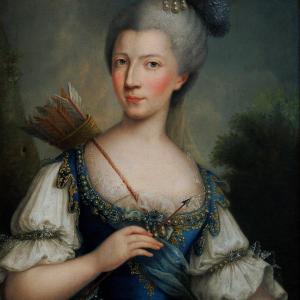

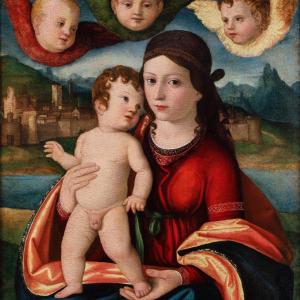




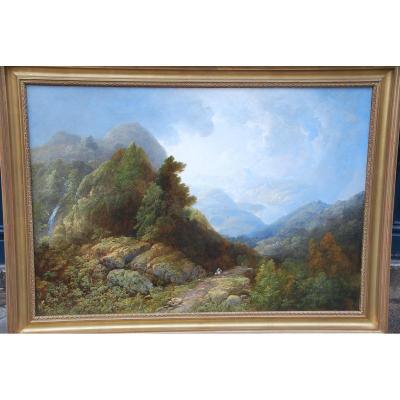



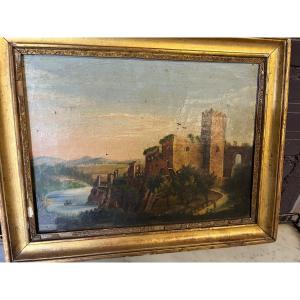



 Le Magazine de PROANTIC
Le Magazine de PROANTIC TRÉSORS Magazine
TRÉSORS Magazine Rivista Artiquariato
Rivista Artiquariato